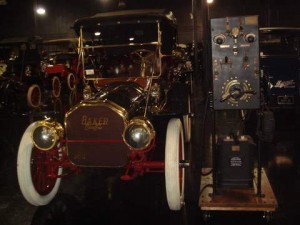History of the Electric Car Part I
Also see US Dept. of Energy The History of the Electric Vehicle here.
An electric vehicle (EV), also referred to as an electric drive vehicle, is a vehicle which uses one or more electric motors for propulsion. Depending on the type of vehicle, motion may be provided by wheels or propellers driven by rotary motors, or in the case of tracked vehicles, by linear motors. Electric vehicles can include electric cars, electric trains, electric lorries, electric airplanes, electric boats, electric motorcycles and scooters, and electric spacecraft.Electric vehicles first came into existence in the mid-19th century, when electricity was among the preferred methods for automobile propulsion, providing a level of comfort and ease of operation that could not be achieved by the gasoline cars of the time. Despite their relatively slow speed, electric vehicles had a number
of advantages over their early-1900s competitors. They did not have the
vibration, smell, and noise associated with gasoline cars. Changing
gears on gasoline cars was the most difficult part of driving, and
electric vehicles did not require shifting gears. Electric cars found
popularity among well-heeled customers who used them as city cars, where
their limited range proved to be even less of a disadvantage. Electric cars
were also preferred because they did not require a manual effort to
start, as did gasoline cars which required a hand crank to start the
engine.
Several factors contributed to the demise of the the electric automobile early in the twentieth century. First, there was a growing acceptance of the gas-powered car. In 1908, Henry Ford’s Model T first appeared on the roads and sold over ten thousand in that model year alone. Previously, cars had been a luxury for the wealthy, but Ford applied assembly line production in 1913 and sold more than 308,000 Model Ts the following year. Charles Kettering invented the electric automobile starter in 1912, which eliminated the inconvenience, and danger, of the unwieldy hand crank starter which had been needed gas engine cars.
Another problem for the electric vehicles relative to gas-powered cars was that electricity wasn’t as obtainable within America’s infrastructure as gasoline had become. At the turn of the century, urban areas began using more electricity for appliances like street lamps; however, only the wealthy were having it installed throughout their homes. In the more rural areas, electricity was virtually non-existent, which kept drivers of electric cars close to home. Large cities like New York created "swapping stations” for batteries, popular around 1910, to accommodate distance travel. Still, the "sphere of usefulness" of electric vehicles was within the city, while gas vehicles could go between cities. Gas vehicles therefore could easily infringe of the EV’s sphere, but not the other way around. At the turn of the century, 40 percent of American automobiles were powered by steam, 38 percent by electricity, and 22 percent by gasoline. 33,842 electric cars were registered in the United States, making America the country where electric cars had gained the most acceptance. Sales of electric cars peaked in 1912. Eventually, the expense of running an electric vehicle vs a gas-powered
car became a decisive blow to the EV. Henry Ford’s
Some information from Wikipedia, the free encyclopedia.Text is available under the Creative Commons Attribution-ShareAlike License; additional terms may apply. See Terms of Use for details.Significant material contributed by Galen Handy earlyelectric.com |

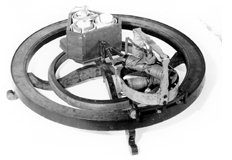
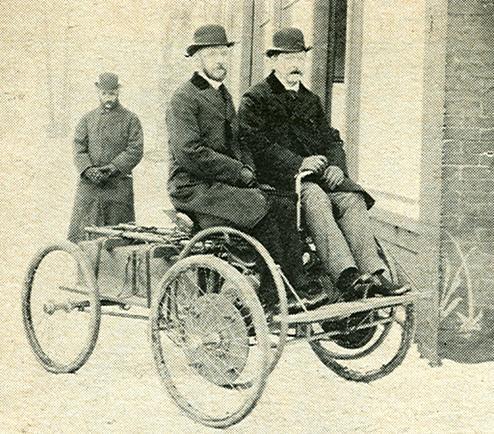
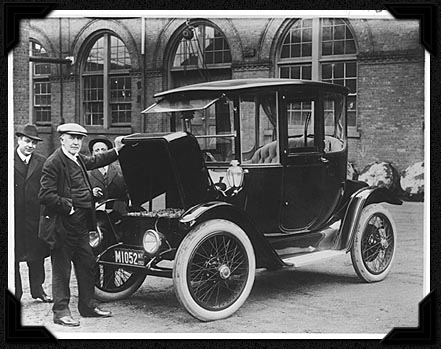
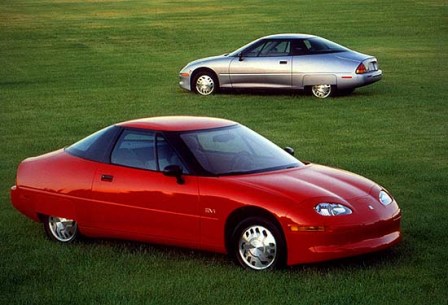
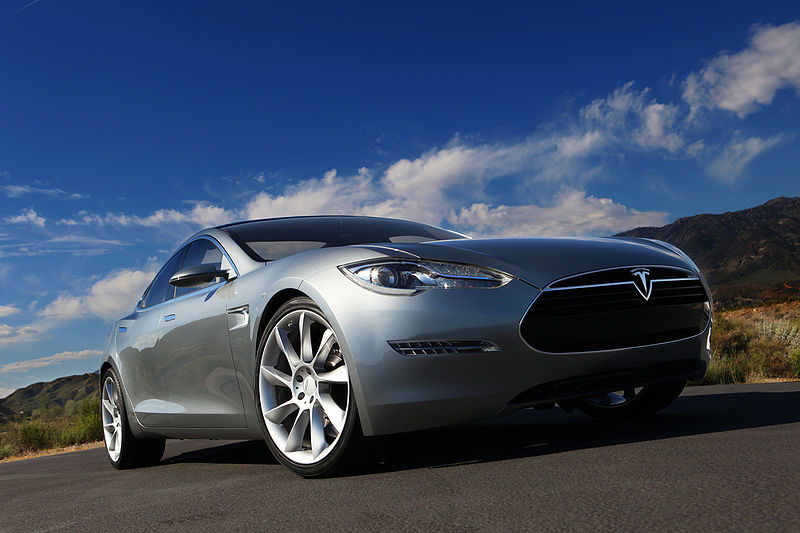
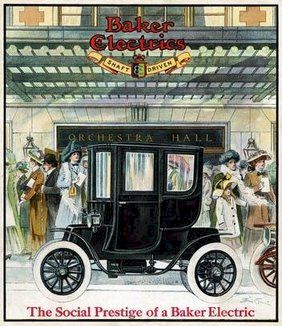 Electric cars were often marketed as suitable vehicles for women
drivers due to this ease of operation. Within decades, however, the internal
combustion engine (ICE) had completely replaced the electric drive as a
propulsion method for automobiles, but electric power has remained
commonplace in other vehicle types, such as trains and smaller vehicles of
all types.
Electric cars were often marketed as suitable vehicles for women
drivers due to this ease of operation. Within decades, however, the internal
combustion engine (ICE) had completely replaced the electric drive as a
propulsion method for automobiles, but electric power has remained
commonplace in other vehicle types, such as trains and smaller vehicles of
all types.
